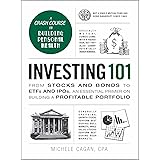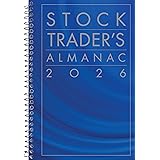A leveraged investment involves using borrowed funds to increase the potential return on an investment. It’s an approach used by everyone from large corporations and small businesses to professional traders and individual investors. A basic example is a person purchasing a home with a mortgage loan. The homeowner is using a combination of equity and debt to purchase an asset, which will hopefully increase in value over time.
Leverage can be good or bad, depending on the situation and how it’s used. It magnifies returns, which can be positive if the investment turns out well, but it also increases losses if the investments don’t perform as expected. Investing leverage can be very dangerous, and it’s usually a practice that should be reserved for seasoned professionals.
Investing leverage can be obtained through several methods, including margin loans and futures products. These tools offer high leverage for a relatively low cost, making them an attractive option for many investors. The amount of leverage a person uses will depend on the investment strategy, his or her risk tolerance and the long-term goals. Leverage can make or break an investment, so it’s important to understand the risks and benefits before using it.
The higher the leverage, the greater the risk and potential gains. The risk is that if the investments don’t perform as planned, the borrower can end up owing much more than he or she originally invested. This is why experts recommend that people only use leverage when they’re confident about the investments they’re making.
One way to reduce investing leverage is to diversify. This can be done by spreading out investments across multiple assets or by investing in companies with different business models. Another strategy is to take advantage of the power of compounding, which can help a person grow his or her portfolio over time.
It’s also a good idea to set financial goals and assess your own risk tolerance before investing. This will give you an accurate picture of the amount you’ll need to invest and help you decide whether or not it makes sense to take on additional risk to reach those goals. For instance, if you’re interested in investing in riskier stocks, you might want to consider dollar-cost averaging, where you invest a fixed amount every two weeks or month rather than a lump sum.
In addition to investing leverage, there’s operational leverage, which refers to a company’s ratio of operating expenses to revenue. This is an important metric to watch, especially for manufacturing companies. A company with high operational leverage may find it difficult to stay profitable if the economy turns sour or its raw materials prices rise significantly. However, if it has a strong balance sheet and can manage its debt, it may be able to weather the storm. If not, it might need to sell assets or seek bankruptcy protection.









